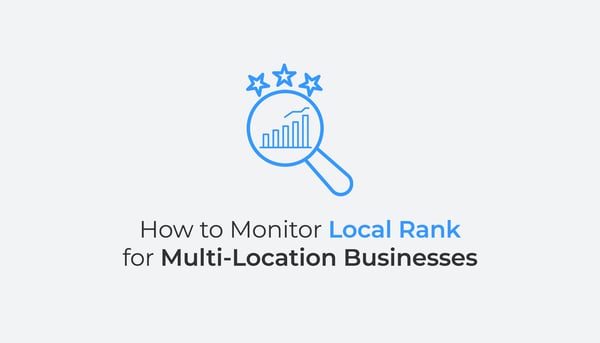Annoying your potential customer with a bad Google Maps listing is not very smart if you want to drive foot traffic to your local businesses. Providing good local business information to make sure Online to Offline customer journeys work is a struggle for many. However, while not always easy, it is also essential and important which is why understanding what is important for Rankings on Google Maps and Google my Business are questions we get all the time.
To try and shed some light on the mysteries of Google Local rankings we racked our brains about what works on Google right now and also thought a bit about old truths that have become obsolete. SEO and Local SEO are moving targets where what is currently correct change rapidly. Let’s go through the six main truths about Google Local Rankings!
1. Keyword Stuffing
In the early days of the Internet there were all kinds of ways to trick the search engines. Using a list of highly ranked keywords may have worked in the late 90ties. Today, it has either no effect at all and can even have a negative impact.
2. Link Farms & Backlinks
SEO veterans will tell you about the golden days when Link Farms, Blog Link Networks, Backlinking and Click Farms were things to behold. The common denominator is that they were ways to dupe the Algorithms of Google and other Search engines. Another common denominator is that they are more or less irrelevant these days.
3. NAP
One thing that used to be a hard truth is that a wide spread number of NAP mentions (Name, Address, Phone number) across as many directories as possible was very important in how Google ranked local Businesses. While this was the case before Google's Knowledge Graph came along that no longer seems to be the case. If it still matters or has any impact is debatable but if so it’s small and in decline.
4. Trusted sources
While smaller directories and services are declining in importance for local listings, trusted sources still seem to influence local rank. This appears to be in line with how SEO rankings in general has evolved over the years. Having the same local info on places like Facebook, Twitter, Snapchat, UBER, Apple Maps, HERE, & TomTom as your GMB listings appears to influence heavily on your local Google ranking.
Mentions across well known/trusted publications also seem to help rank. All in all Google have appears to have become more picky on what sources can influence local rankings. A big reason is likely that it trusts its own Knowledge Graph in the first place. Therefore peripheral information is less important.
5. Being consistent on Listings & your own website
This might seem like a trivial thing and on the face of it not that hard to do. But our experience tells us that keeping track of this breaks down a lot faster than you would think. Especially if you have multiple locations. A local venue might not change opening hours or other local business information all that often. But if you have 50+ locations math dictates that this happens all the time and if you have hundreds or thousands of locations it will occur way more than you imagine.
Therefore, if you operate a chain you should automate the procedure of keeping GMB + other vital services (Facebook, Apple Maps, HERE etc, etc) and your own website inline and consistent.
6. Complying with Google regulations and recommendations
This is something we cannot emphasise enough, it also an area where many seem to think they can hack and manipulate the system. Trust us, this is not a good idea. Instead, any business owner, big or small should comply with what Google says.
√ Set up a GBP account. If you don’t have one, Sign up here.
√ Complete data. Fill out the data to the best of your ability. Read the instructions, do not try and hack/hijack the procedure.
√ Verify location. Go through the process of verifying your location. If you have more than 10 locations you should also verify your account.
√ Keep hours accurate. Might seem like self-explanatory but as stated this tends to break down quickly when you have multiple locations.
√ Manage and respond to reviews. According to Google this is a big part on what impact local rank.
√ Add photos. Add good, descriptive visual material that helps the end customer.
To Sum Up
The days when sources such as Yahoo, yellow page type listings & others contended with Google in driving local foot traffic are behind us. There are some map services and social media platforms that you might want to care about but on the pure search side of things Google is the predominant force. However you feel about Google's dominance when it comes to local listings and search it is a fact and something Marketers should be aware of. Correctly handled this is a blessing in disguise as the work put in will help your customers and ultimately will drive footfall and more business.
Reviewed: September 8, 2023


